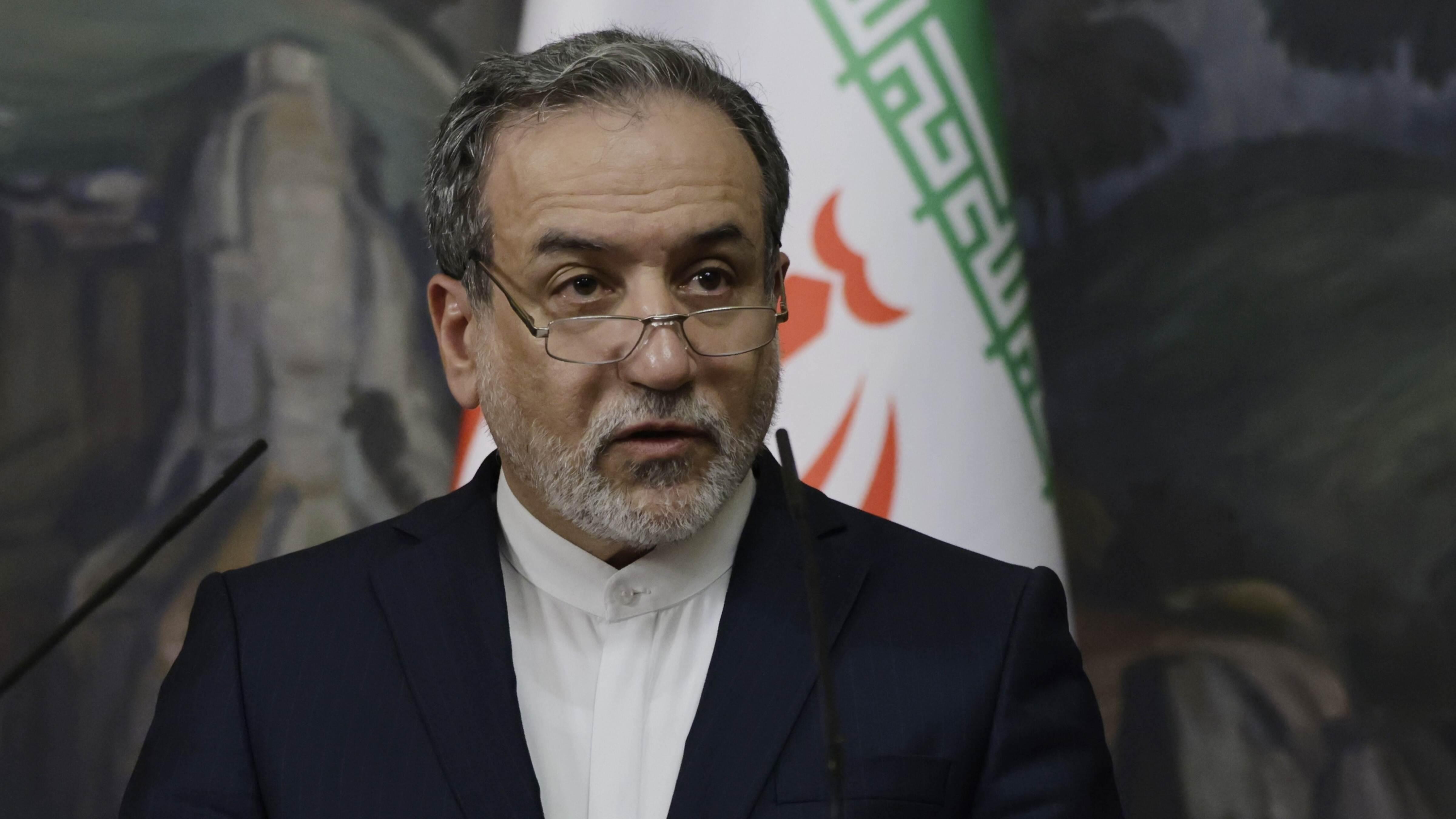Toshiba unveils new plan to split into two companies
ISTANBUL

Japan’s Toshiba yesterday announced plans to split into two companies, revising a controversial proposal to divide into three following a tumultuous period for the storied industrial conglomerate.
As part of the proposed plan, Tokyo-based Toshiba Corp. intends to sell its joint venture stake in Toshiba Carrier Corp. to the U.S.-based Carrier Group, for about 100 billion yen ($877 million).
Toshiba is also selling Toshiba Elevator and Building Systems Corp. and Toshiba Lighting & Technology Corp., it said yesterday.
The group said it plans to spin off its device segment, including its semiconductor business, in a bid to speed up decision-making and boost stock performance.
Shareholders, who have clashed with management on the best way forward for the troubled company, must still approve the proposal in a vote expected in March. The original spin-off plan faced stiff opposition from some key investors.
The firm also said it will unload its stake in air-conditioning business Toshiba Carrier and seek to sell its elevator and lighting units.
“We believe a spin-off is optimal,” president and CEO Satoshi Tsunakawa told investors, promising it would “enable more agile and flexible operations.”
He said the sprawling business “struggled with the conglomerate discount and slowness in decision-making” in the past, and streamlining operations would allow investors to choose the portion of the business that interested them.
Toshiba initially unveiled a plan to split into three last November, in what analysts called a test case for other Japanese giants.
But it said yesterday that “since this is the first large-scale spin-off transaction in Japan... it turned out there were obstacles which were not initially expected.”
Among those were higher-than-expected costs, and an extensive process to list the two new entities.
A two-way split instead “can significantly reduce separation costs, secure financial soundness for each company, and significantly reduce spin-off uncertainty,” the company said.
The spin-off is expected to cost 20 billion yen ($173 million) over two years, with running costs also increasing by 13 billion yen a year.
But Tsunakawa said that would be offset by plans to reduce operating costs by 30 billion yen annually.
The Japanese giant wants the split finalized by the second half of the 2022-23 financial year, but it could yet face shareholder opposition.
General Electric and Johnson & Johnson have announced spin-offs in recent months. Spin-offs can be a way for large corporations to create more value and rationalize operations, but they can also limit coordination between sectors, experts say.
Toshiba dates back to 1875 and was once a symbol of Japan’s advanced technological and economic power, but it has been mired in turmoil for several years.
Last year, shareholders voted to oust the board’s chairman after a series of scandals and losses, in a rare victory for activist investors in corporate Japan.
Toshiba is expecting to report a 150 billion yen ($1.3 billion) profit for the fiscal year through March.
















